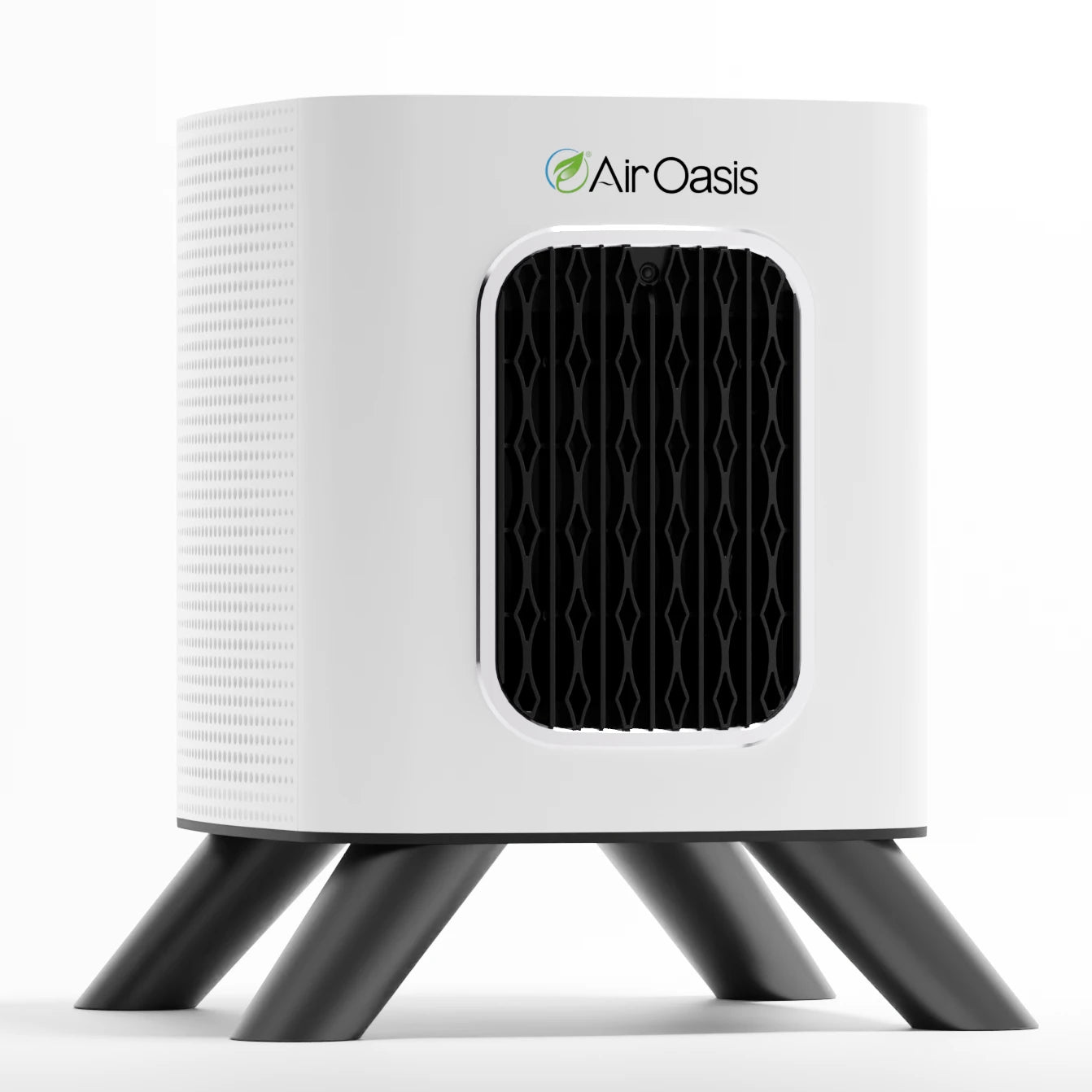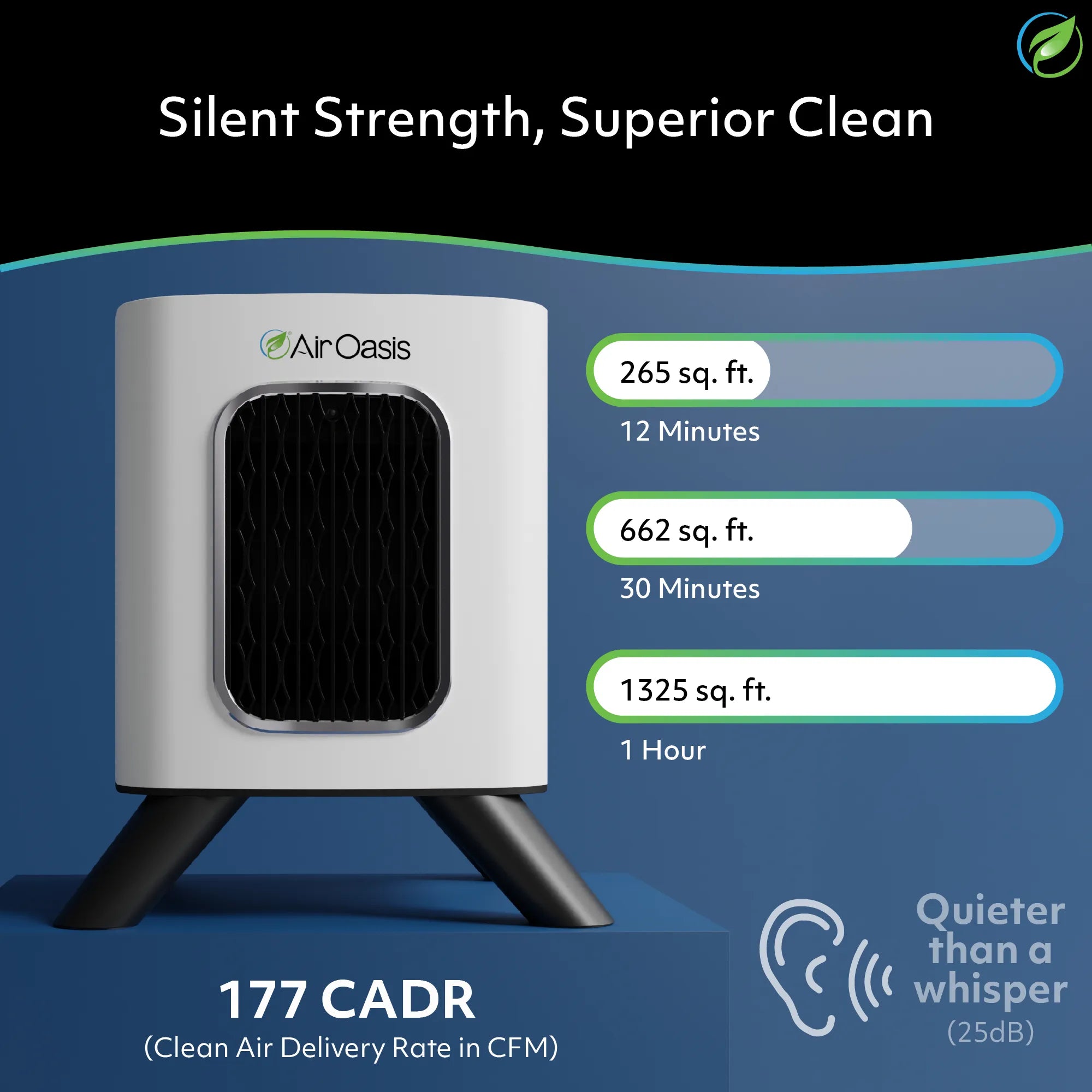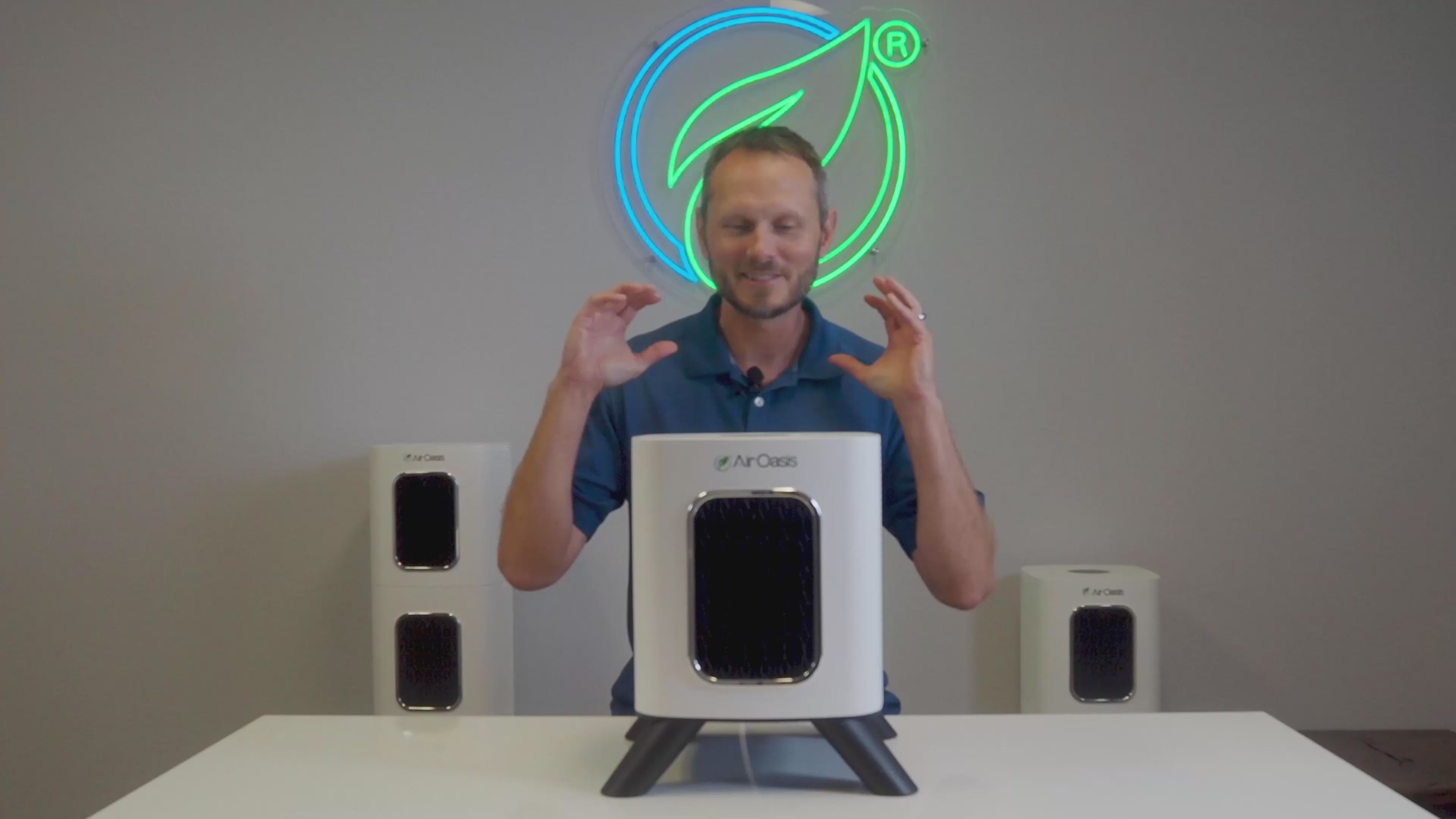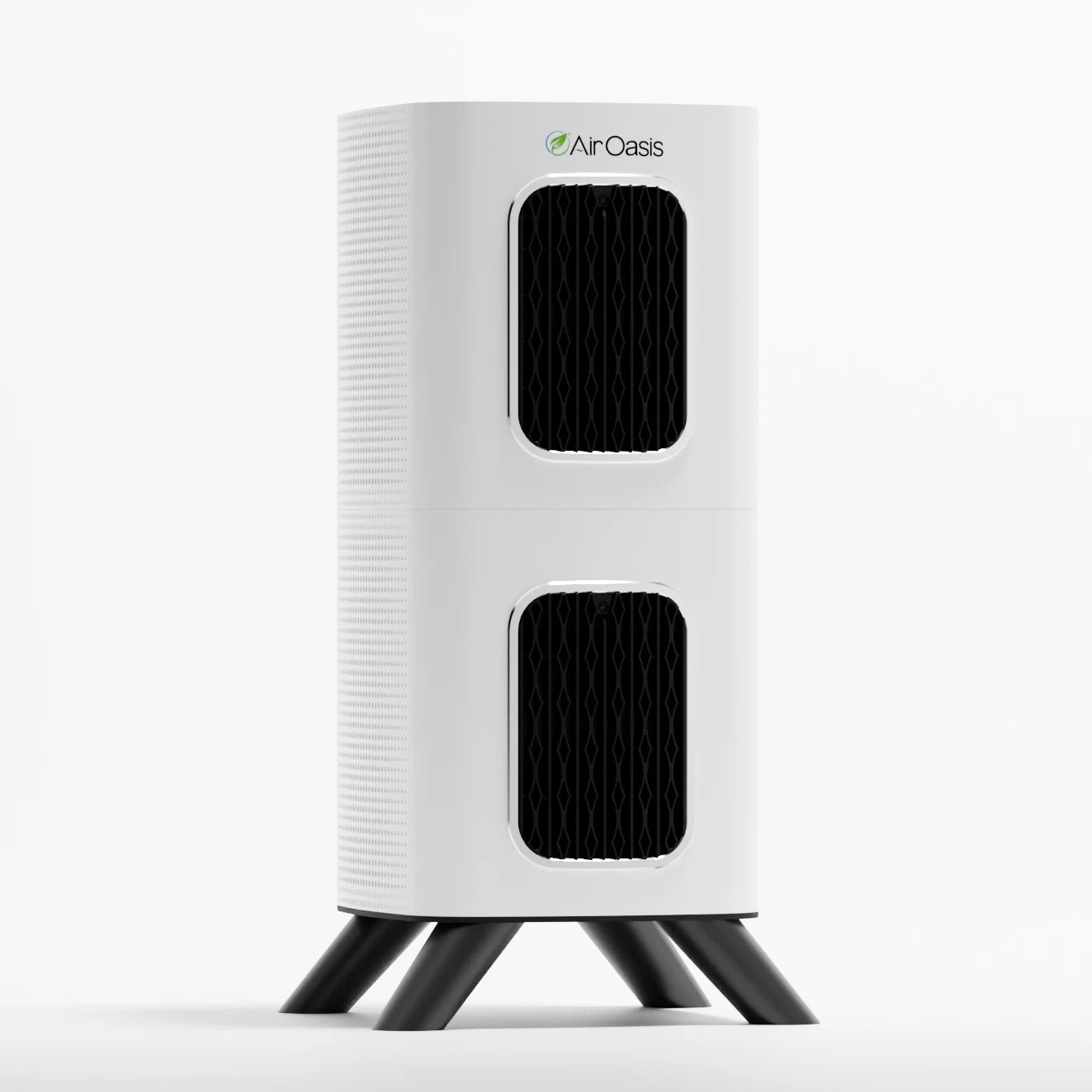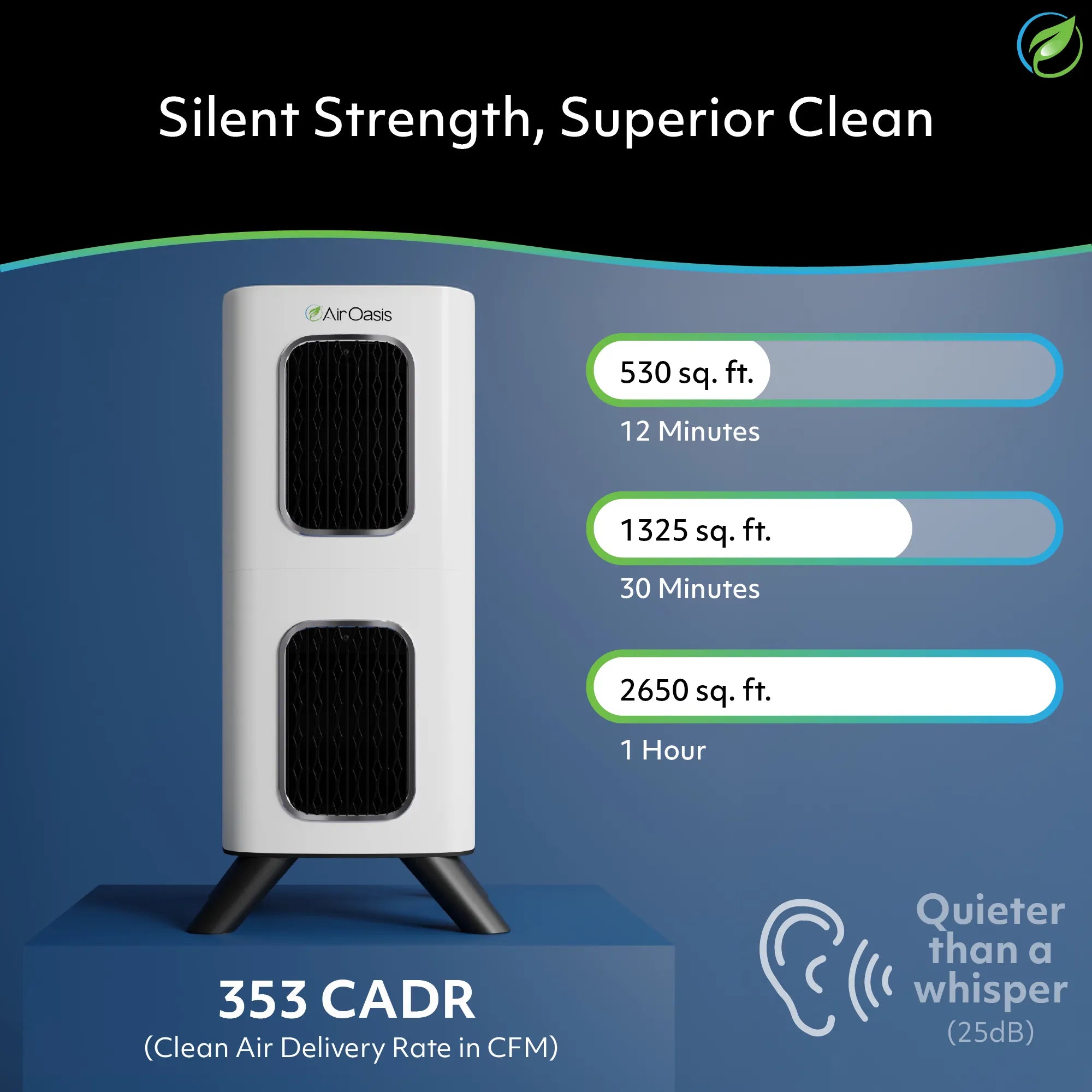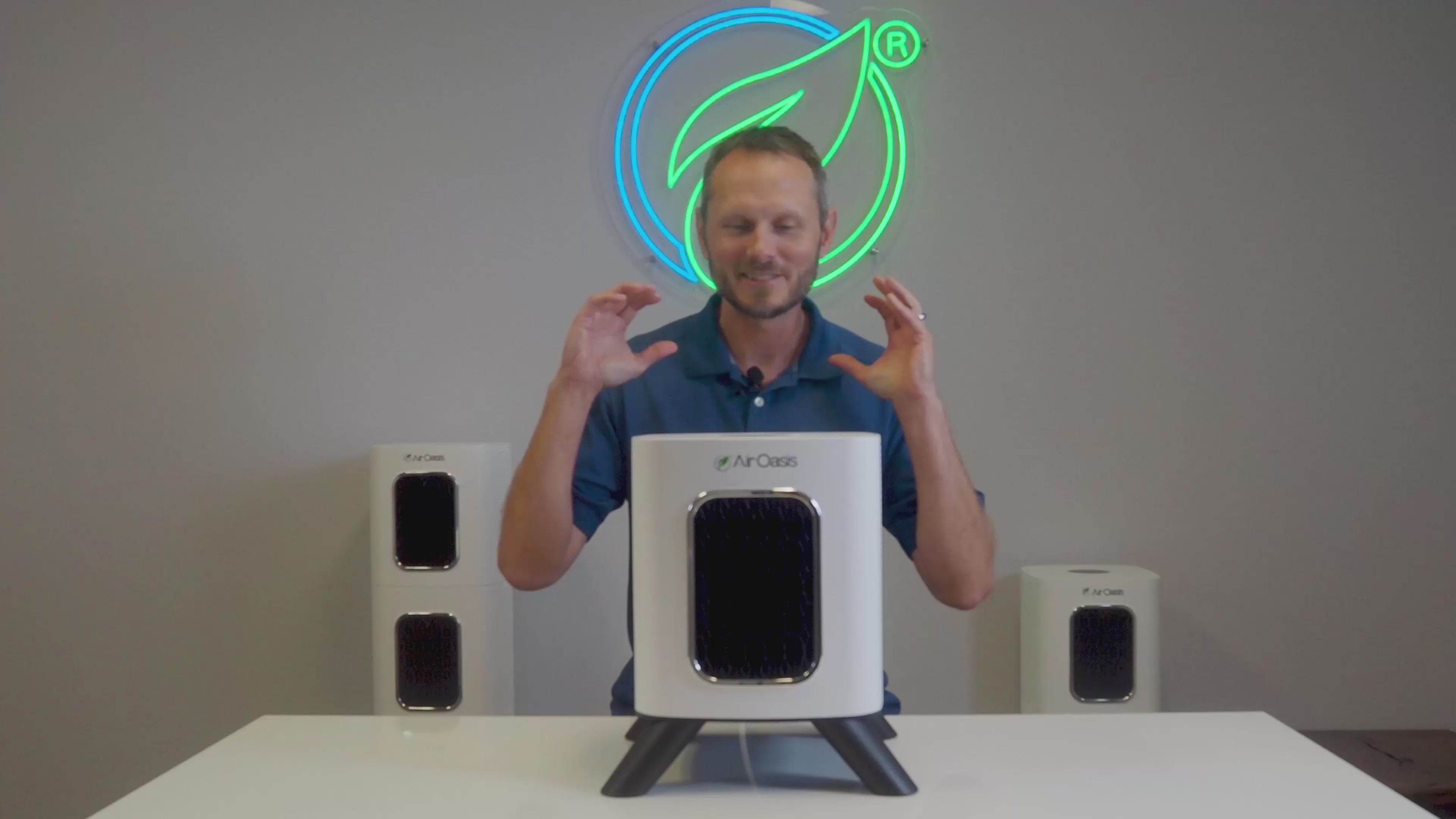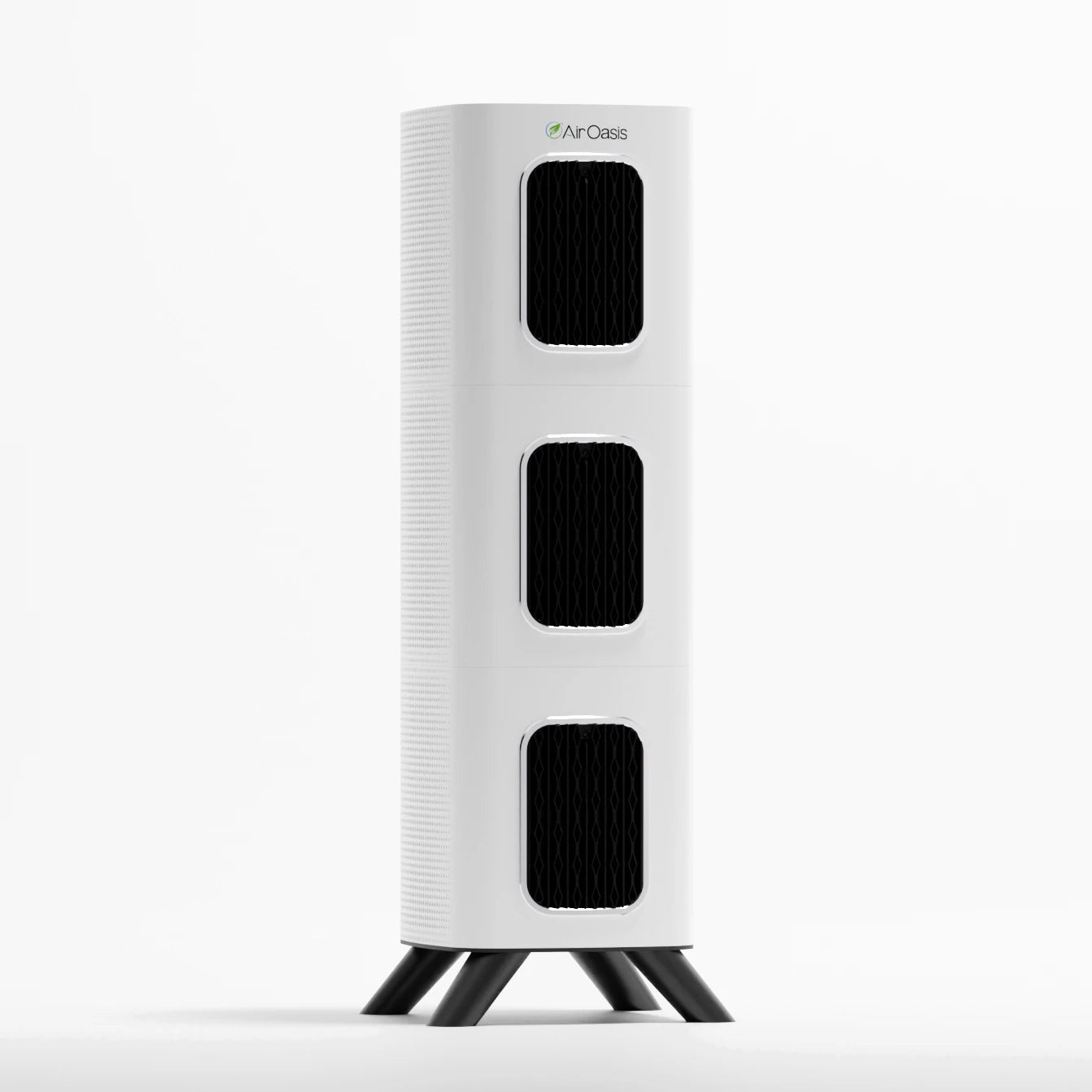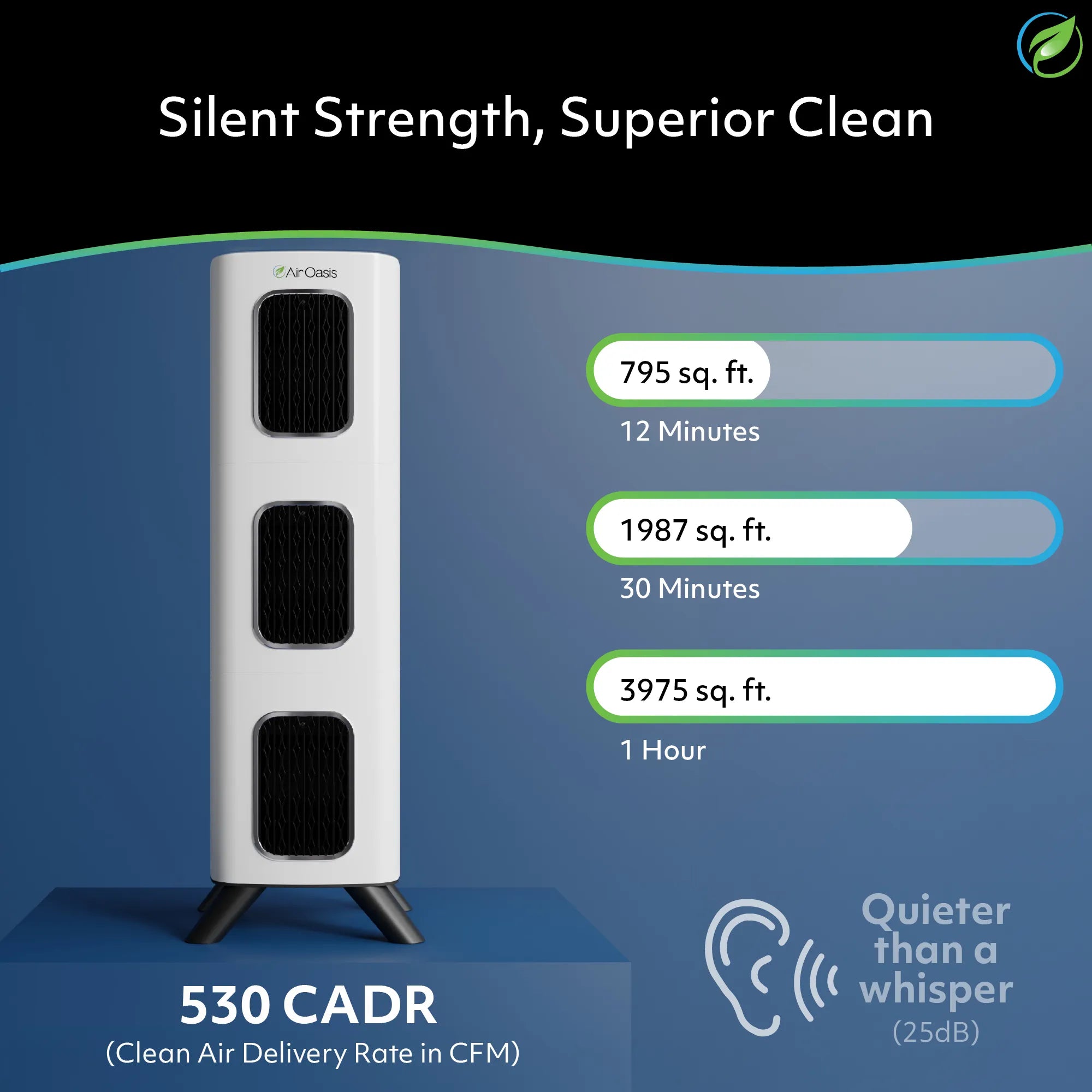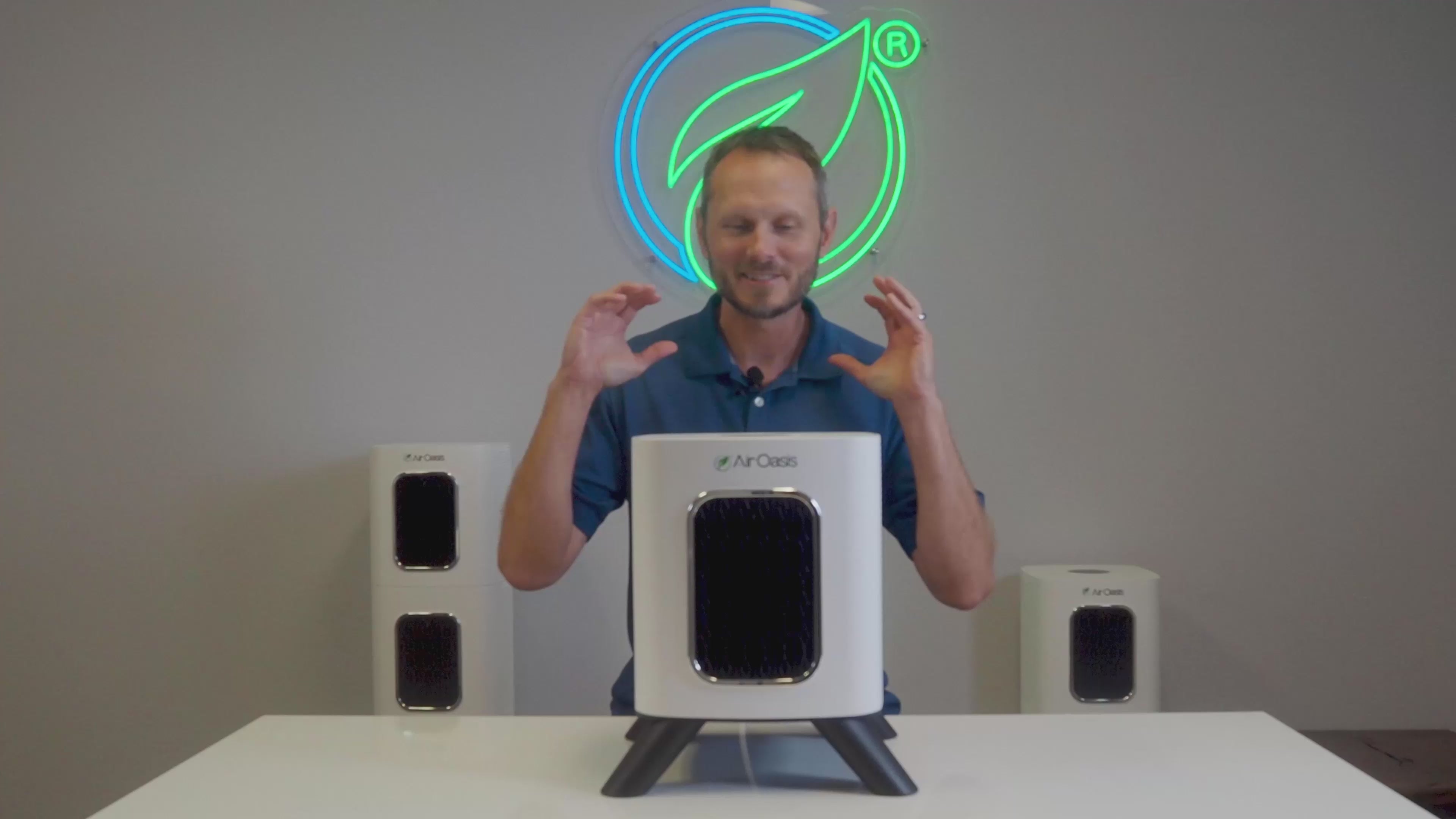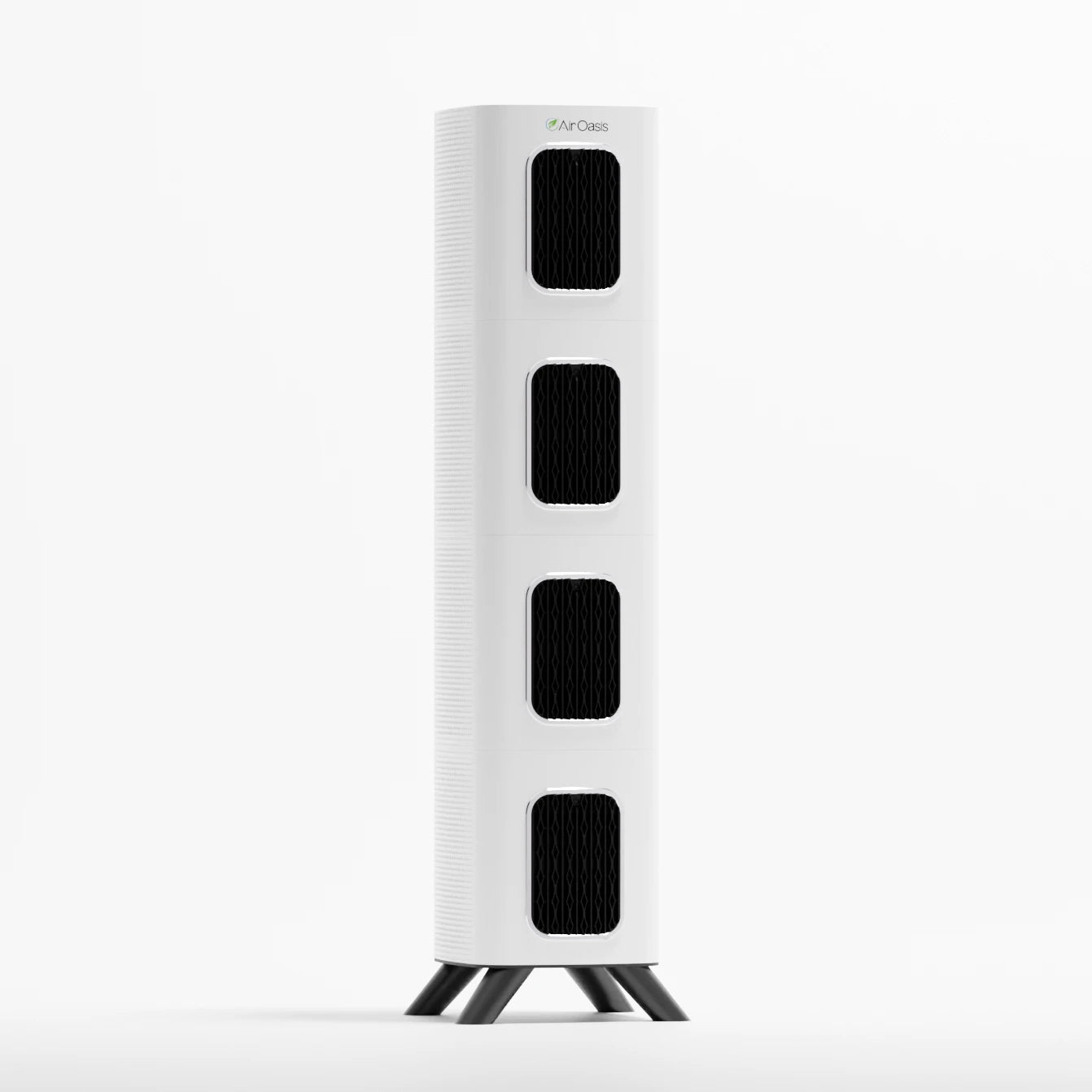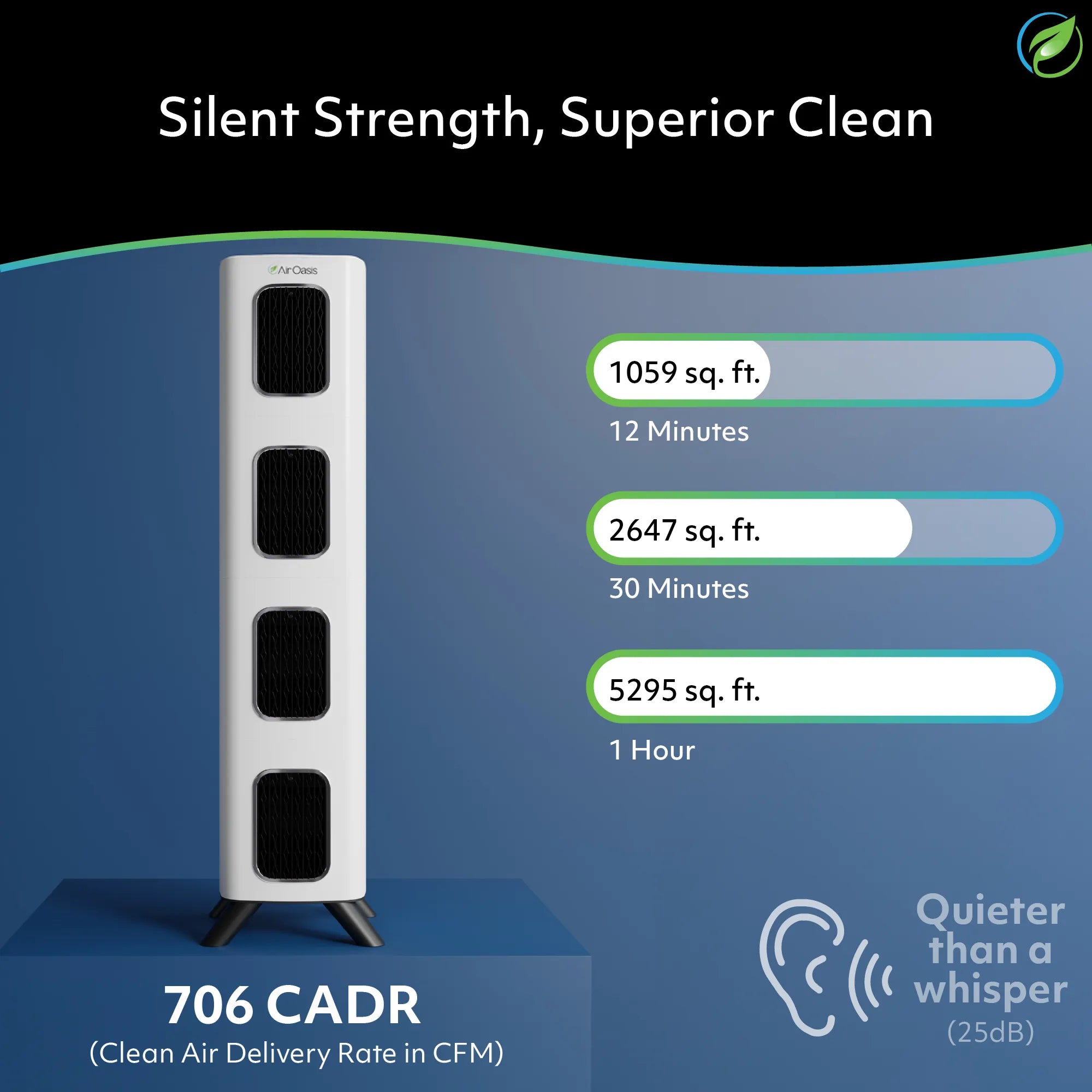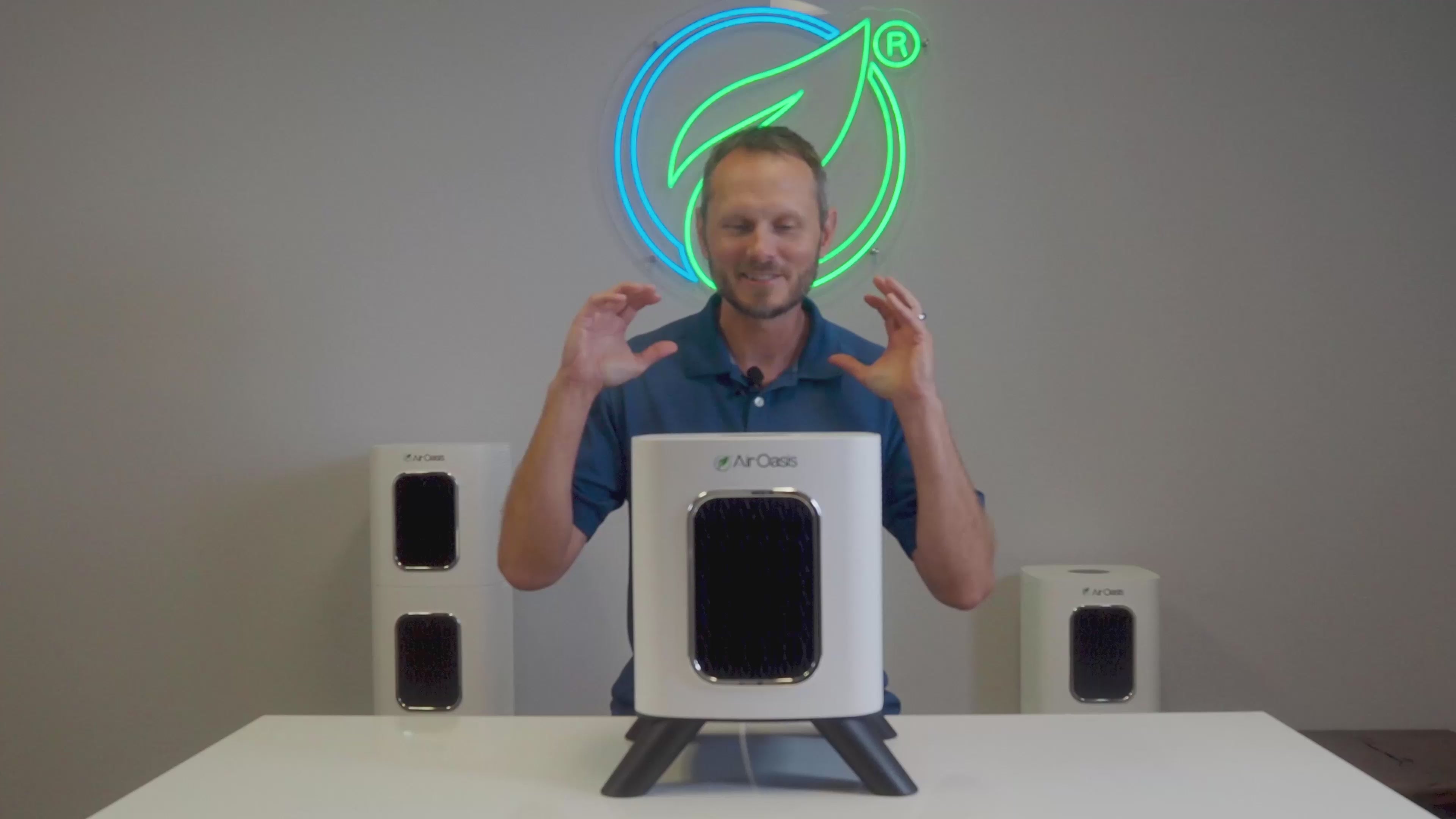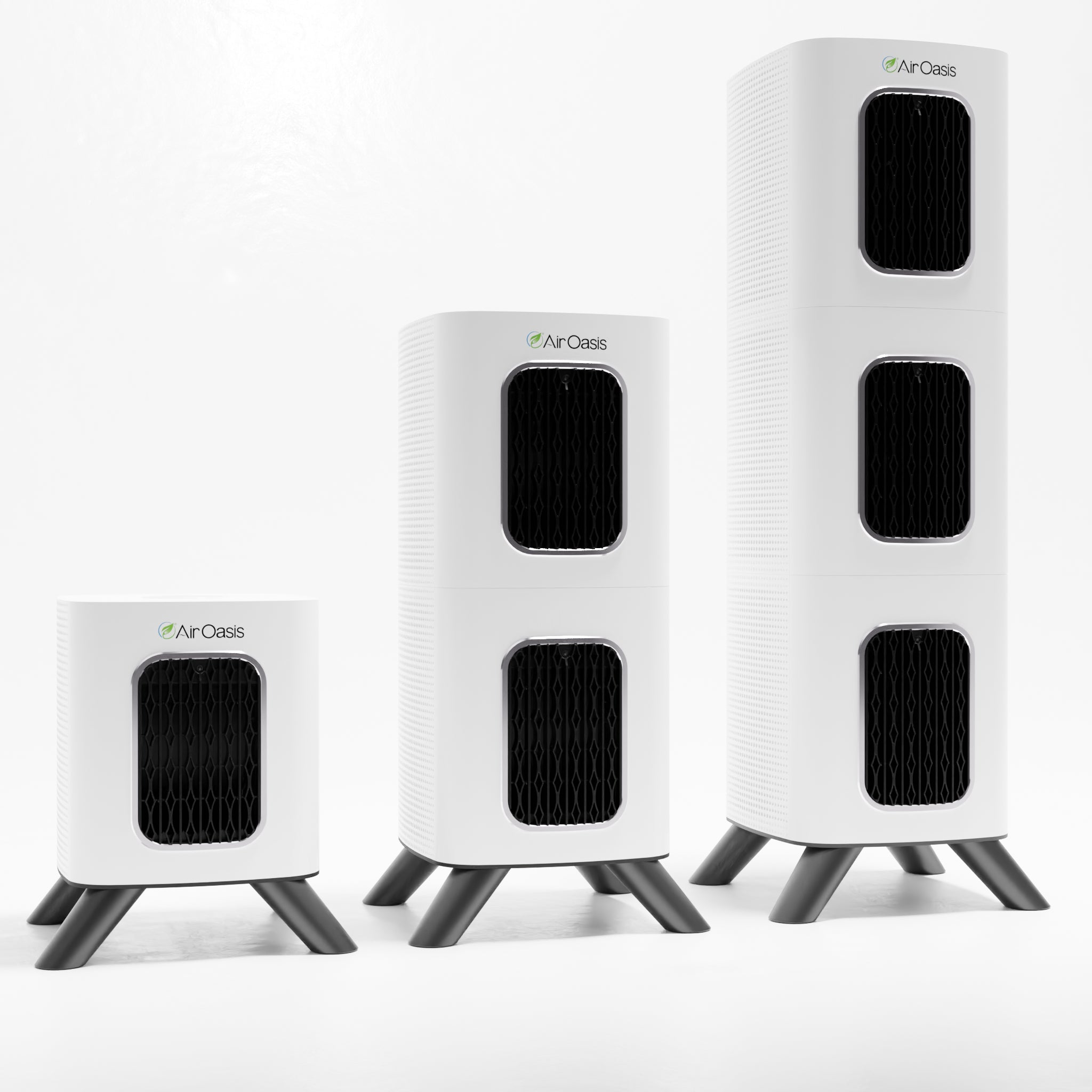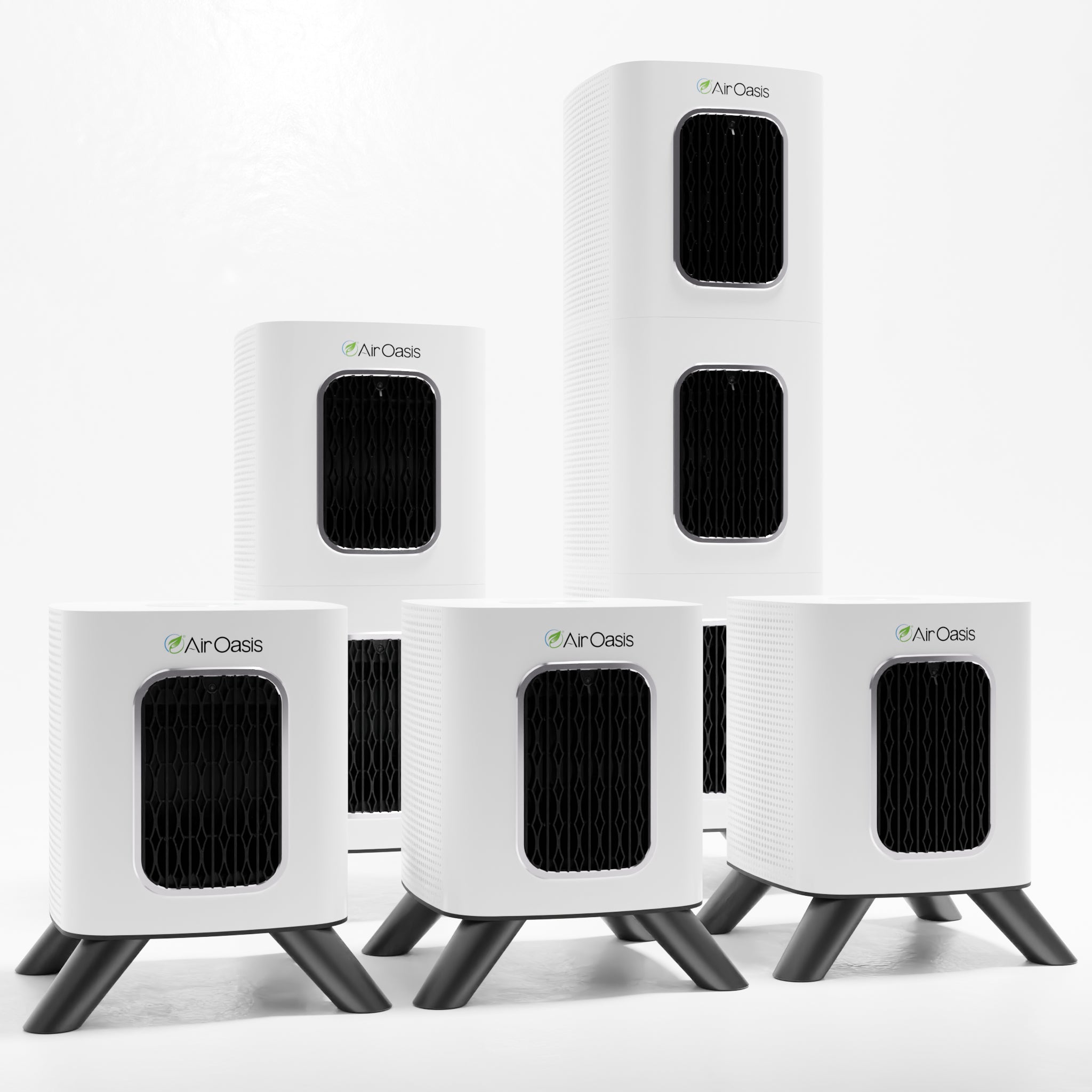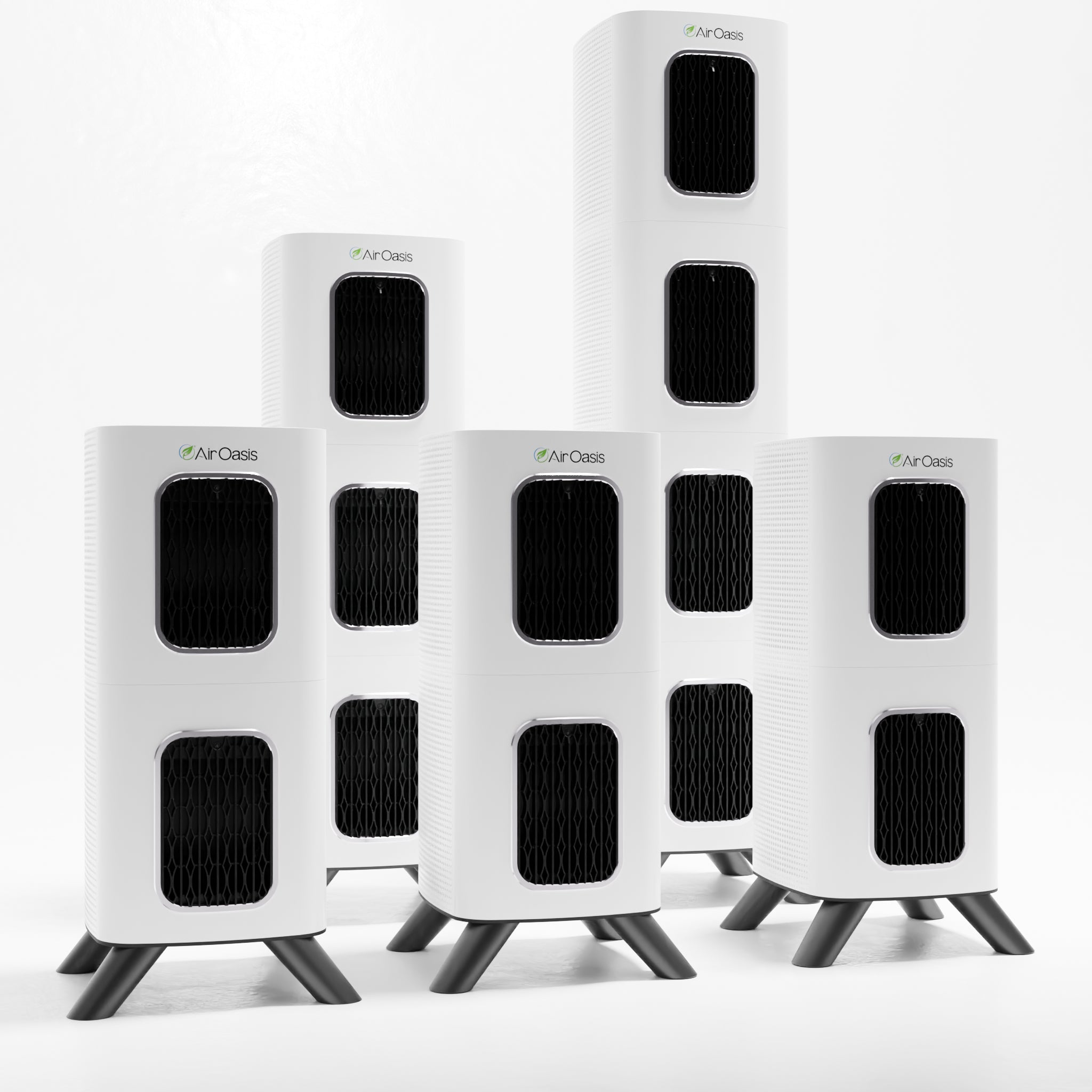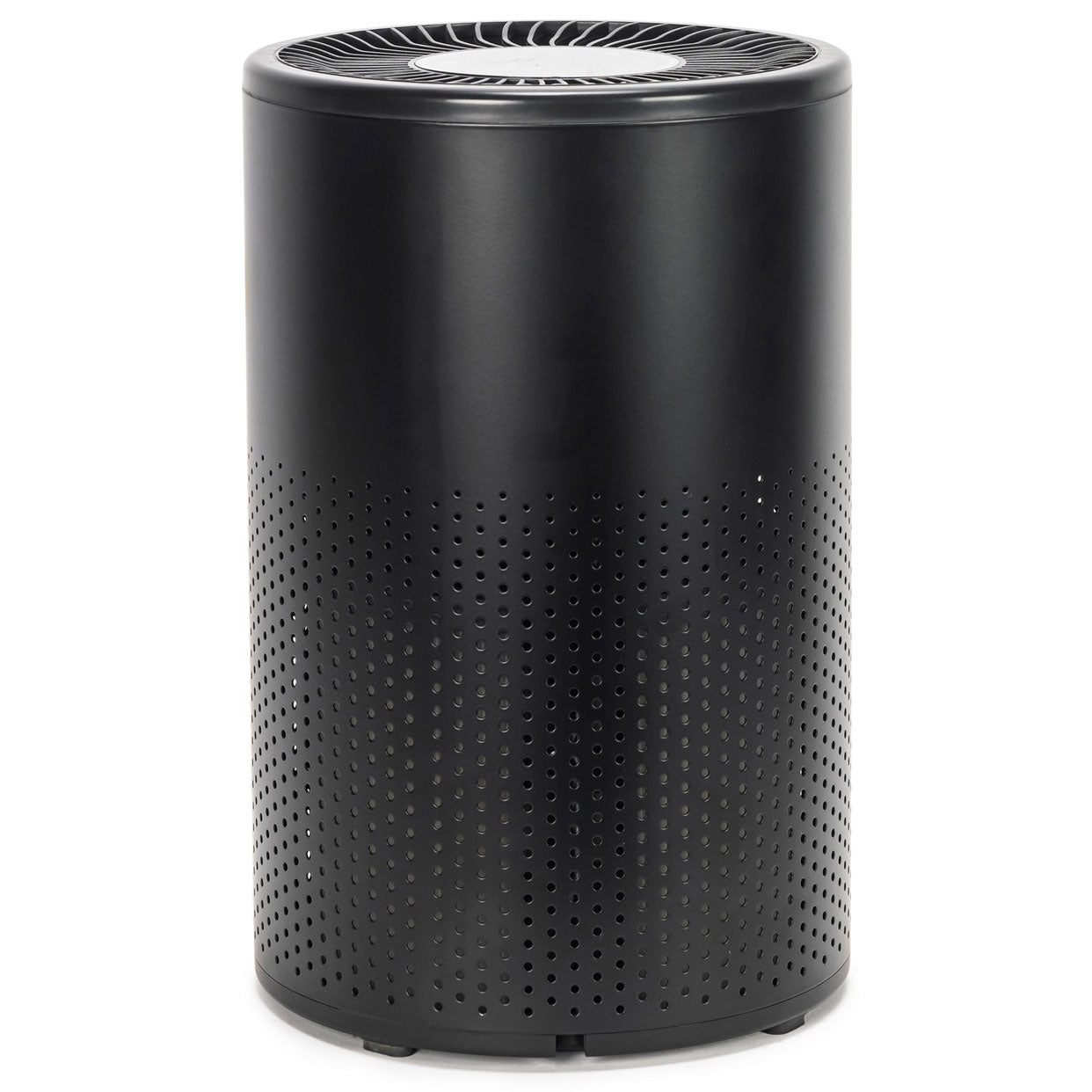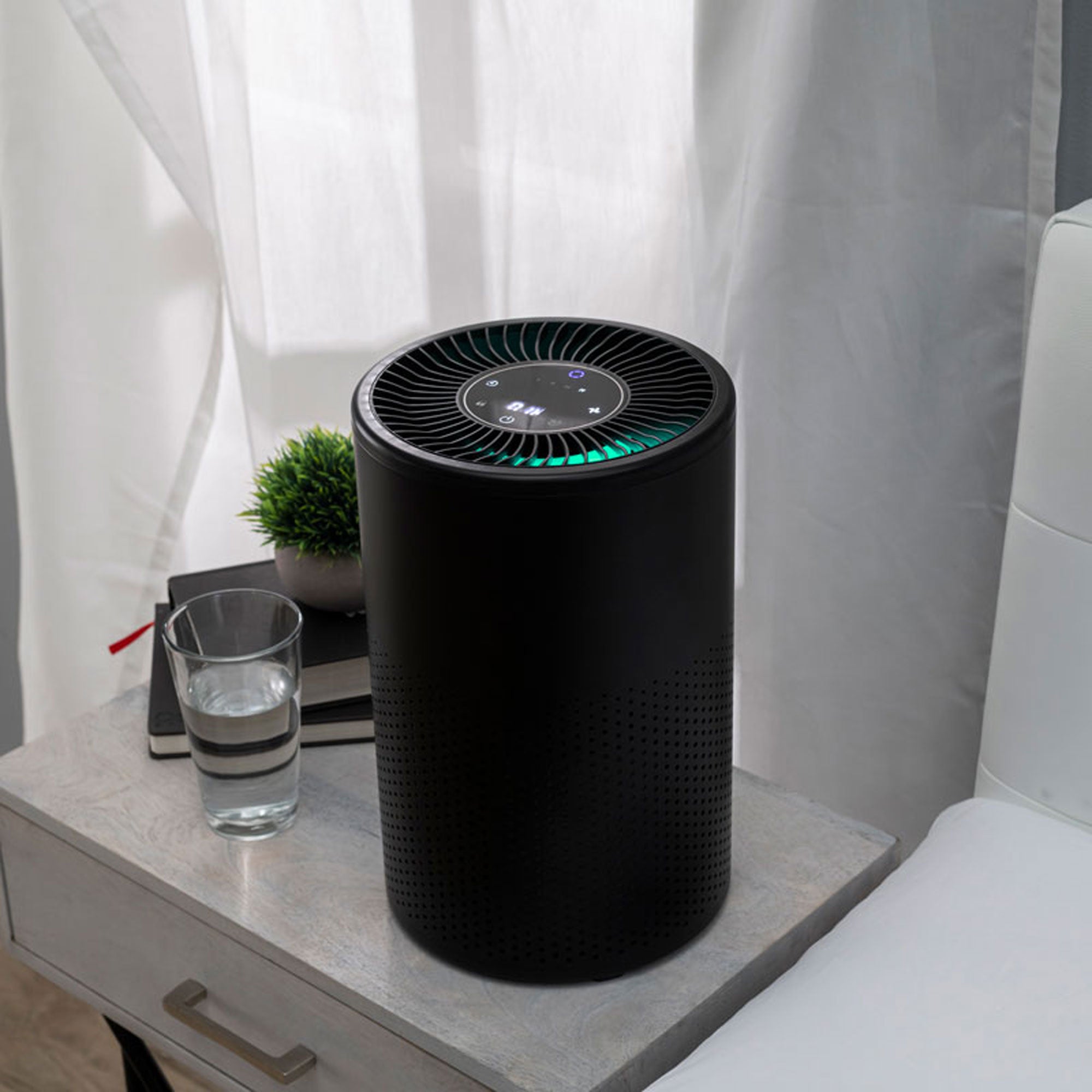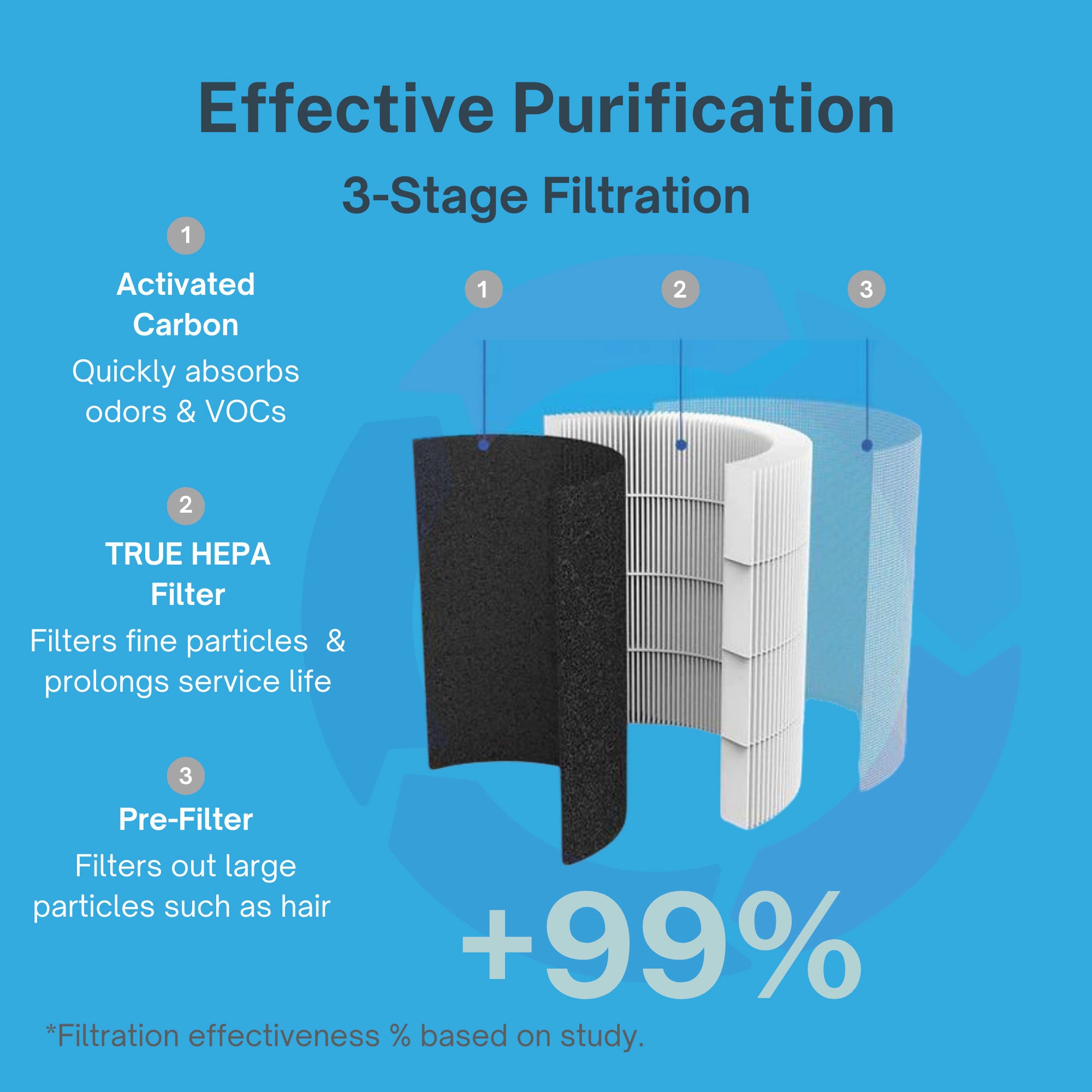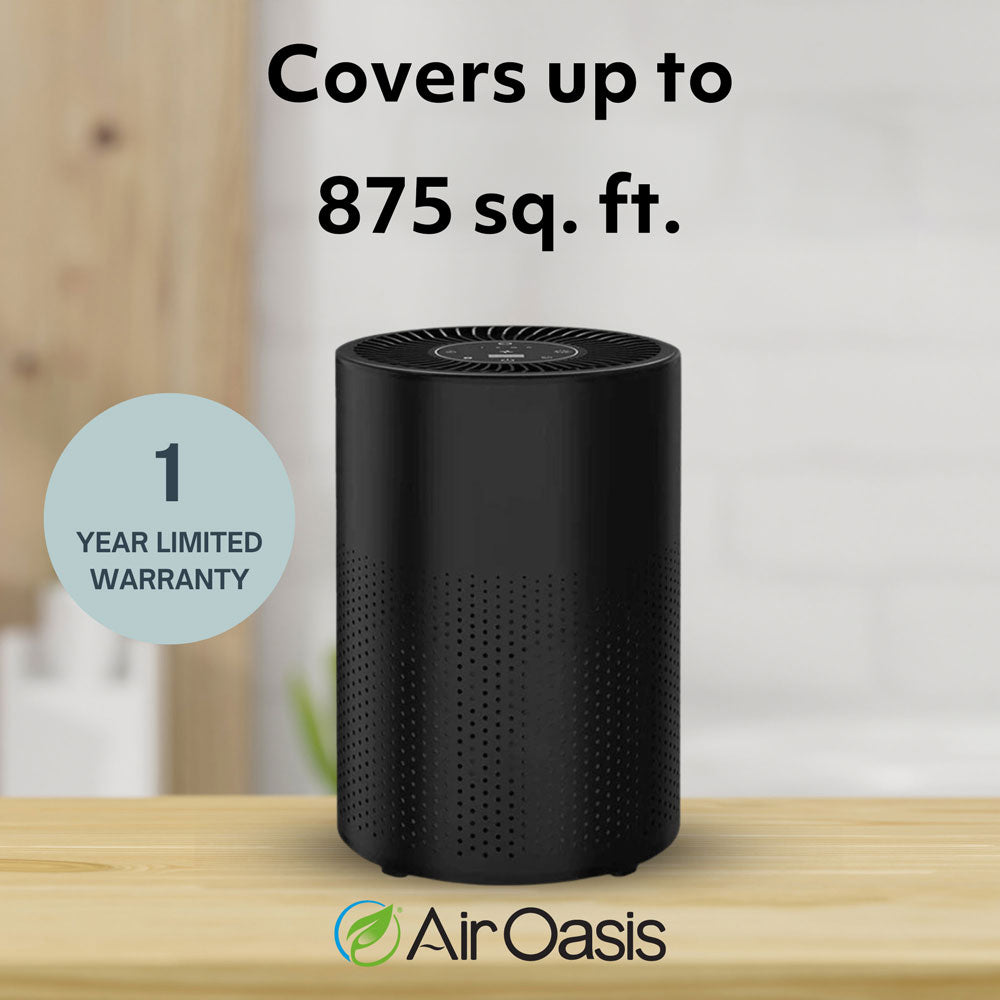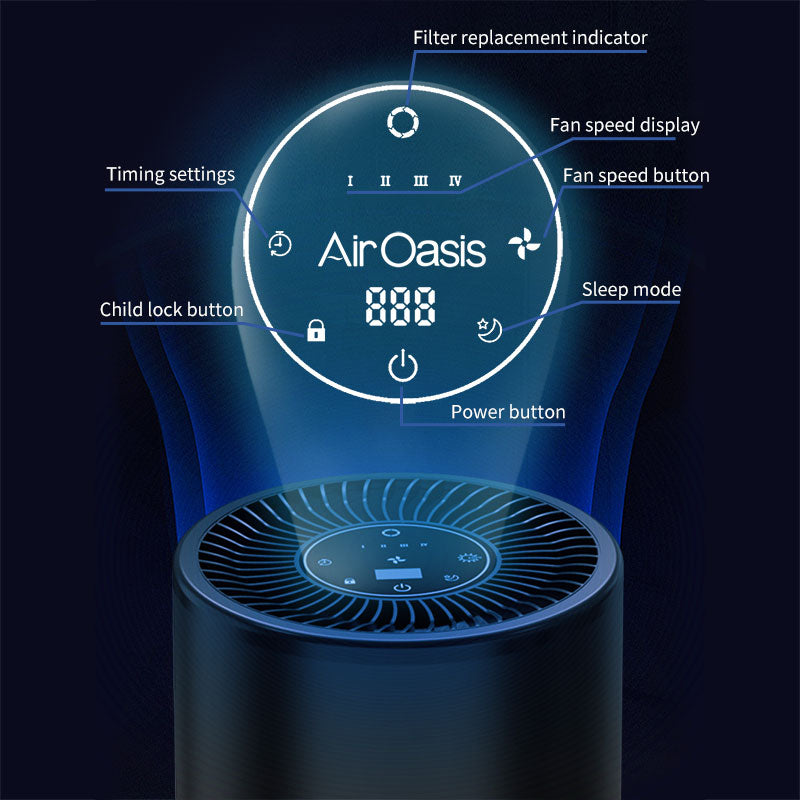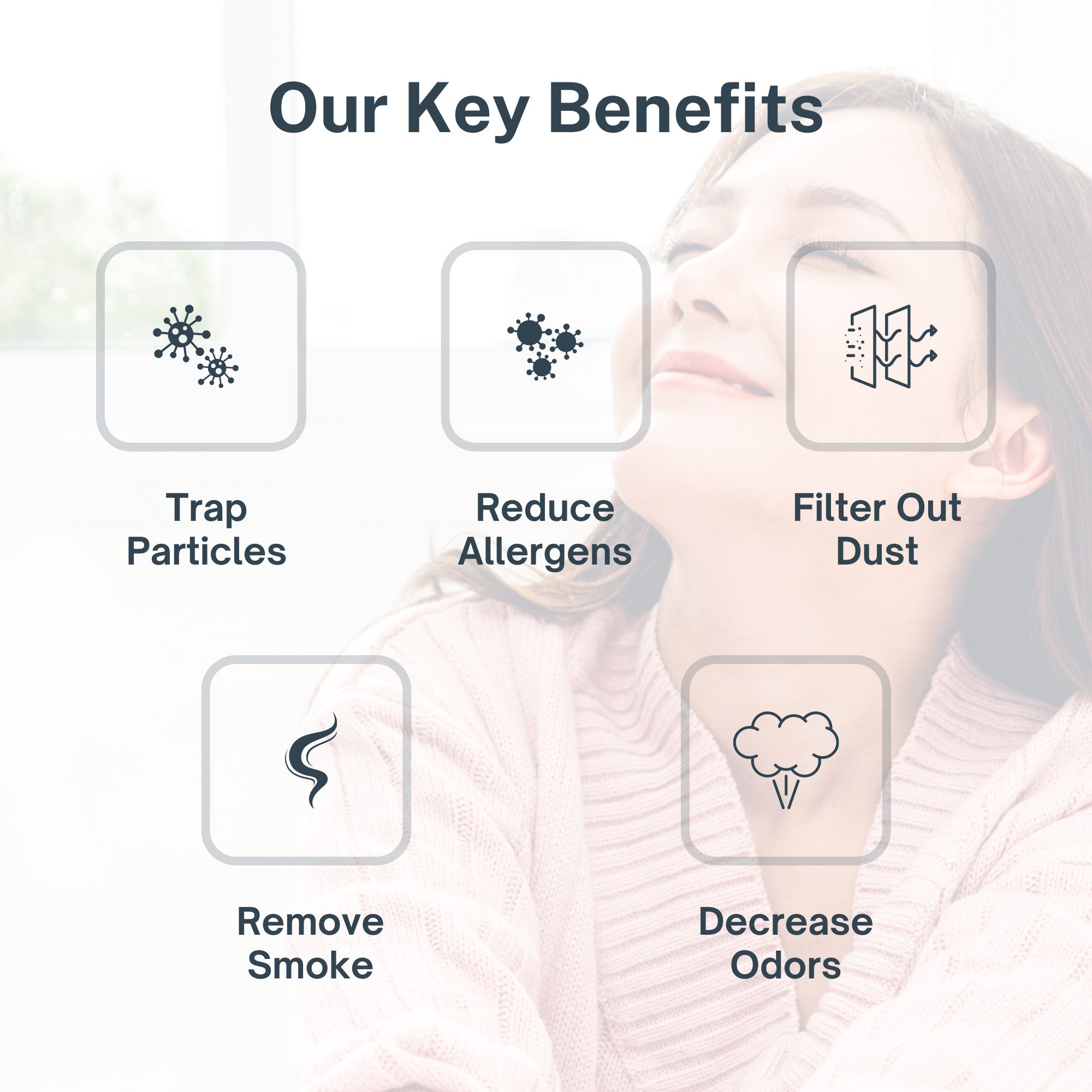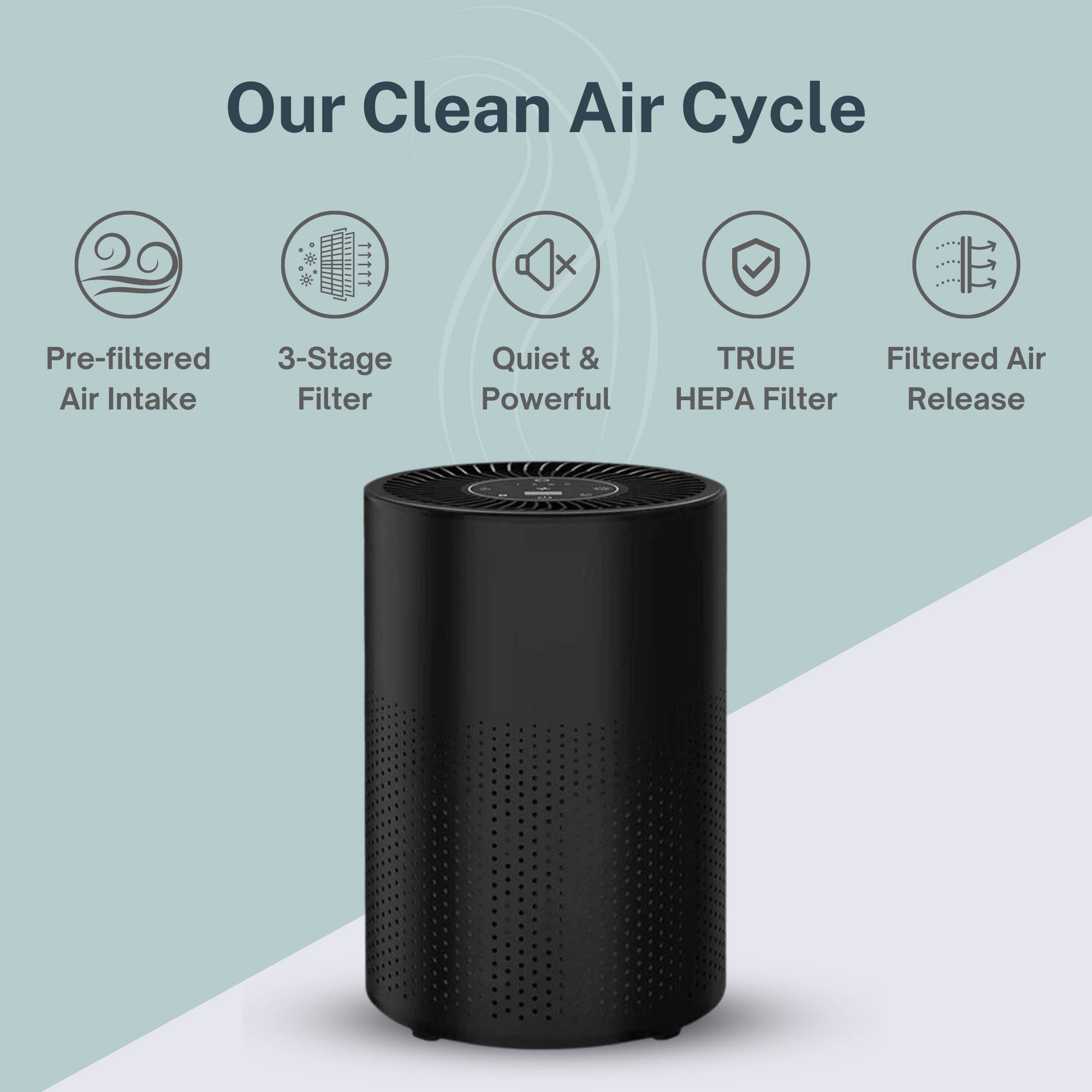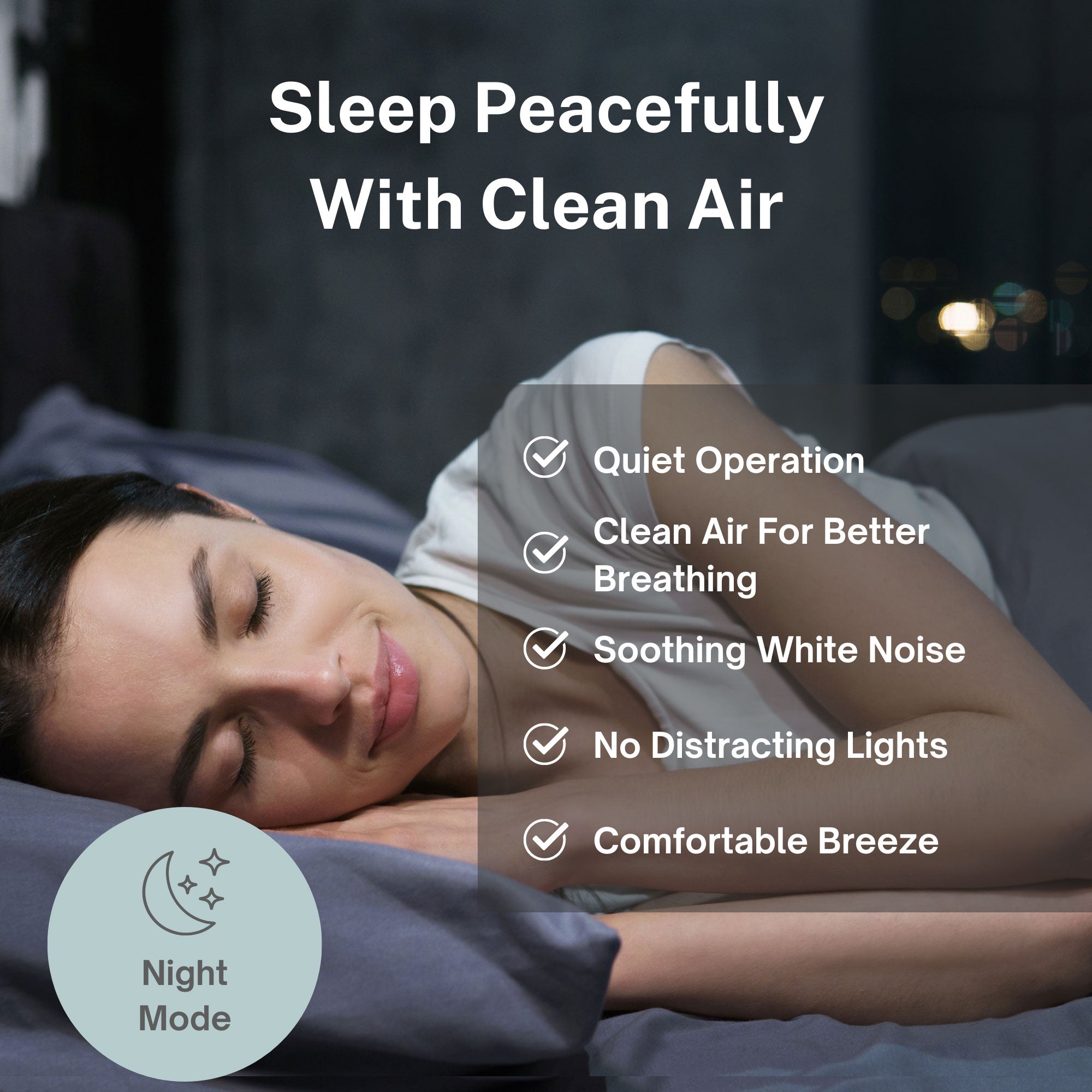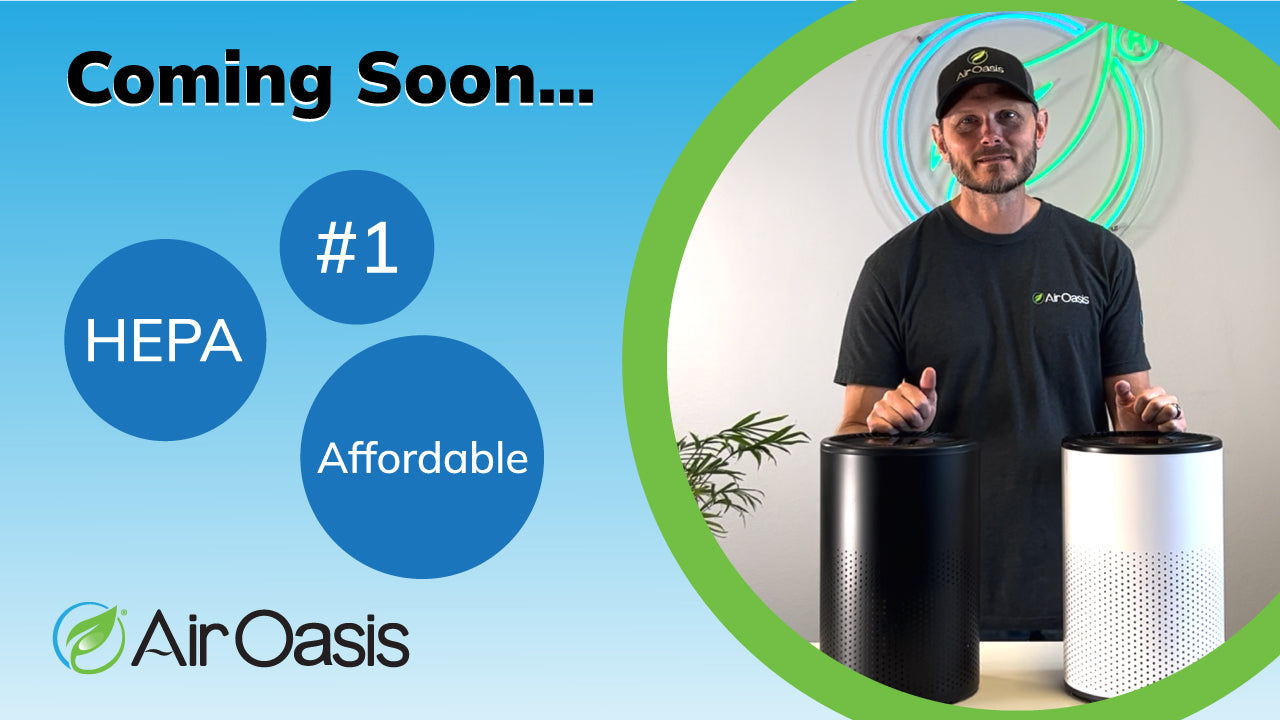California has launched the Statewide Mobile Monitoring Initiative, a first-of-its-kind program using specially equipped vehicles to collect block-by-block air quality data in communities heavily burdened by pollution. Starting in June 2025, the pilot project will deploy mobile monitoring equipment to 64 communities throughout the state, with particular focus on areas that have historically faced environmental disparities.
The California Air Resources Board is spearheading the initiative, using sensor-equipped vehicles from Aclima and mobile laboratories operated by researchers from the University of California, Berkeley, University of California, Riverside, and Aerodyne to collect and analyze comprehensive local pollution data.
Targeting Communities Most Affected by Pollution
More than 60% of the mobile monitoring will serve priority populations, including low-income communities and areas facing disproportionate pollution burdens. The 64 selected communities were consistently nominated for focused action under the Community Air Protection Program, reflecting serious ongoing air quality concerns affecting vulnerable populations. Traditional fixed air quality monitoring stations provide regional data but often miss the hyperlocal pollution patterns that affect specific neighborhoods—particularly those near highways, industrial facilities, ports, and other emission sources.
Mobile monitoring addresses this gap by capturing street-level air quality variations that stationary monitors cannot detect. Pollution concentrations can vary dramatically within just a few blocks depending on proximity to traffic corridors, industrial operations, and local geography. Communities living closest to these sources often experience significantly higher exposure than regional monitoring data suggests. The block-by-block approach reveals these disparities, providing the detailed information necessary to understand who faces the highest pollution burdens and why.
How the Data Will Drive Local Solutions
Monitoring will continue in the 64 communities over the next year, with the project concluding in June 2026 when collected data becomes publicly available. Final results will be shared with the 64 communities, the general public, and the California Air Resources Board. Local air districts, stakeholders, and community organizations will use this hyperlocal data to guide efforts addressing existing and emerging pollution concerns. The detailed pollution mapping will help identify specific emission sources affecting neighborhoods, enabling targeted interventions rather than broad regional approaches that may miss localized problems.
The data is expected to inform future regulatory programs, academic research, and applications for grants including the Community Air Grants Program. Communities armed with precise pollution data can advocate more effectively for local air quality improvements, whether that means traffic pattern changes, industrial emission controls, vegetation barriers, or other mitigation strategies tailored to their specific pollution sources and patterns.
Community-Driven Monitoring Framework
The program operates through a robust community engagement framework designed to ensure that monitoring efforts reflect actual community concerns rather than imposed priorities. More than 40 community-based organizations across California have partnered with the California Air Resources Board to identify local air quality concerns and shape monitoring efforts from the ground up. This approach recognizes that residents possess critical knowledge about pollution patterns in their neighborhoods—understanding when odors appear, which streets have the heaviest traffic, where dust accumulates, and how conditions vary throughout the day.
By integrating the lived experiences of people most impacted by air pollution, the monitoring system addresses environmental justice concerns that traditional monitoring approaches often overlook. Communities that have historically borne disproportionate pollution burdens finally receive the detailed data necessary to document their experiences and demand meaningful improvements.
California's Air Quality Progress and Ongoing Challenges
Over the last 50 years, California's clean air efforts have saved $250 billion in health costs through reduced illness and decreased diesel-related cancer risk by nearly 80%. The state continues advancing clean energy adoption, with battery storage increasing by over 1,900% in recent years. Despite this progress, significant air quality disparities persist, particularly in communities near transportation corridors, ports, industrial zones, and agricultural operations. The mobile monitoring initiative acknowledges that statewide air quality improvements don't automatically translate to cleaner air in the most heavily burdened neighborhoods.
Protecting Indoor Air While Advocating for Outdoor Solutions
While mobile monitoring and policy interventions address outdoor air quality challenges, families in affected communities need immediate protection. Hyperlocal pollution data may take months or years to translate into regulatory action and emission reductions. Understanding comprehensive indoor air protection becomes essential for communities identified as facing disproportionate pollution burdens. Medical-grade HEPA filtration captures the fine particulate matter from traffic and industrial sources that mobile monitoring detects. Activated carbon addresses nitrogen dioxide, volatile organic compounds, and other gaseous pollutants that often concentrate near highways and industrial facilities.
Outdoor pollution infiltrates homes through ventilation systems, windows, and building openings, making outdoor pollution hotspots also indoor air quality threats. For families living in the 64 communities selected for intensive monitoring—communities already identified as facing elevated pollution exposure—indoor air purification provides protection while community advocacy and policy changes work toward long-term outdoor air quality improvements.
Creating Protected Indoor Environments in Pollution Hotspots
California's mobile monitoring initiative represents critical progress toward environmental justice and data-driven air quality improvements. The block-by-block approach finally provides communities with the detailed evidence needed to document pollution disparities and demand change. While this systemic work proceeds, families in affected neighborhoods deserve immediate protection from the elevated pollution exposure that monitoring will document.
Air Oasis systems provide comprehensive filtration that addresses the traffic-related pollutants, industrial emissions, and fine particulates that hyperlocal monitoring identifies as threats to community health. Your home can maintain clean air even when neighborhood monitoring reveals elevated outdoor pollution. Shop Air Oasis today and protect your family while communities work toward the outdoor air quality improvements everyone deserves.





